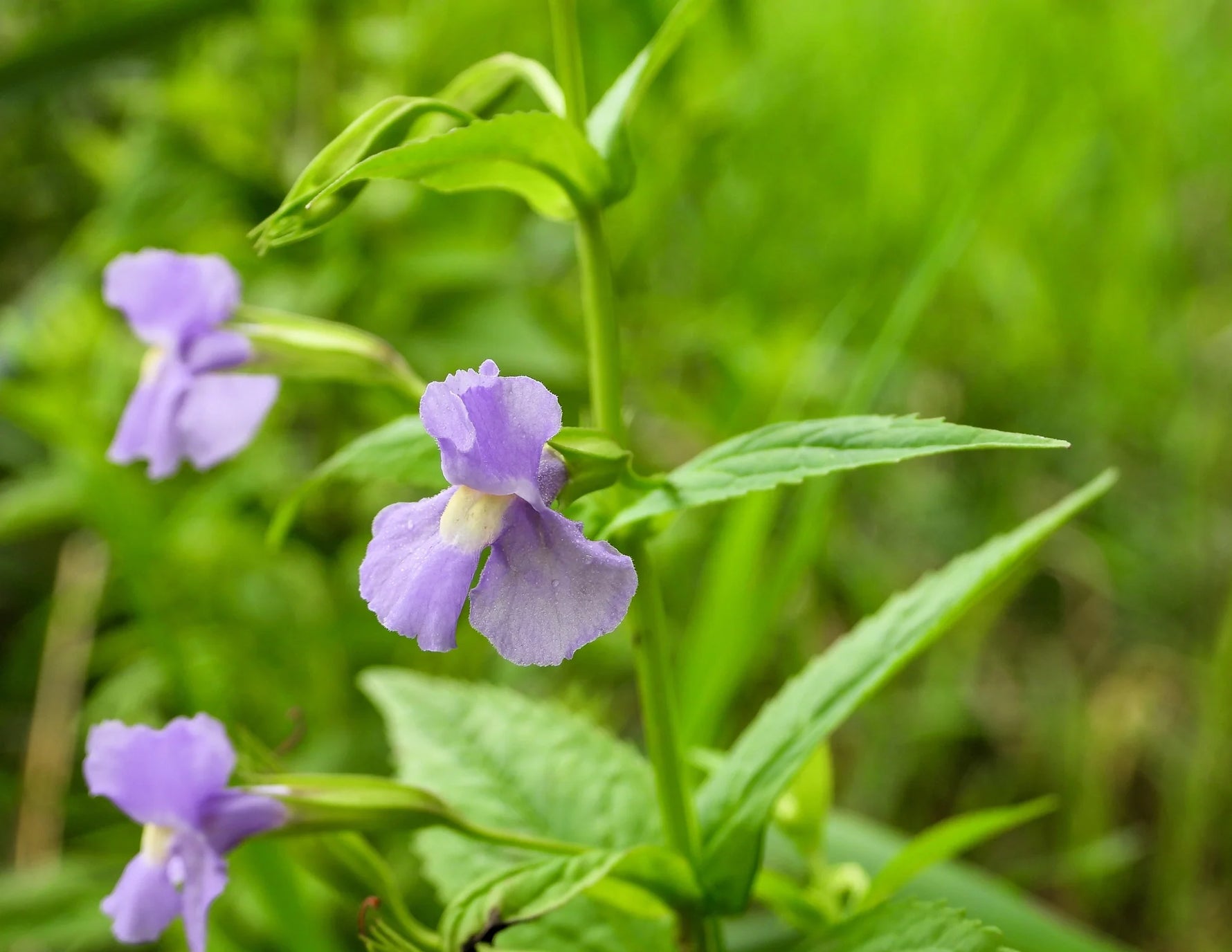
Dharaseeds
Lavender Musk Seeds
Estimated Free Delivery between April 16 and April 19.
Secured Payment Methods
Your transaction is protected with advanced security measures to keep your information confidential
Lavender Musk, also known as Lavandula x intermedia 'Lavender Musk', is a fragrant, aromatic variety of lavender that combines the best features of both French and English lavenders. Known for its compact growth habit and intense fragrance, Lavender Musk is a favorite among gardeners looking to add both beauty and scent to their outdoor spaces. It thrives in sunny spots, producing spikes of deep purple flowers, and is prized for its ability to attract pollinators like bees and butterflies.
Key Benefits
- Fragrant Blooms: Lavender Musk offers a potent, musky fragrance, making it ideal for herb gardens, borders, or containers.
- Pollinator-Friendly: The flowers attract bees, butterflies, and other beneficial insects, making it a great addition to pollinator-friendly gardens.
- Compact Growth: This variety is more compact compared to other lavender types, making it perfect for smaller gardens or containers.
- Low Maintenance: Once established, Lavender Musk requires minimal care, making it ideal for low-maintenance gardening.
- Versatile Uses: It can be used for both ornamental purposes and for harvesting the flowers for homemade oils, sachets, and other crafts.
Variety Features
- Height: Grows to about 18-24 inches tall, with a similar spread. It forms a compact, bushy plant that doesn’t require a lot of space.
- Flowers: The plant produces long spikes of deep purple flowers in mid to late summer, which are the key feature of this variety. The flowers have a strong, musky fragrance that lingers.
- Foliage: The leaves are narrow, silvery-green, and aromatic, adding texture and interest to the garden even when not in bloom.
- Growth Habit: Lavender Musk has a bushy, compact habit, which makes it well-suited for containers, borders, and small garden beds.
Planting Instructions
Best Planting Season
- Spring or Early Summer: Plant Lavender Musk seeds in the spring, after the last frost, to allow them to establish before colder weather. Seeds can also be started indoors in early spring for transplanting later.
Ideal Location
- Light Requirements: Lavender Musk thrives in full sun and should receive at least 6-8 hours of sunlight per day to encourage vigorous growth and abundant flowering.
- Soil: Prefers well-drained soil with a slightly alkaline pH (6.7-7.3). Lavender is particularly sensitive to wet, clayey soils, so ensure good drainage to avoid root rot.
Planting Details
- Sowing Depth: Sow Lavender Musk seeds about ¼ inch deep. Lightly cover the seeds with soil and gently press down to ensure good seed-to-soil contact.
- Spacing: Space seeds or seedlings 12-18 inches apart to allow for proper air circulation and healthy growth.
Germination
- Temperature: Lavender seeds germinate best at temperatures between 65°F and 70°F (18°C-21°C). Expect germination to take 14-28 days.
- Moisture: Keep the soil moist but not soggy during germination. Once established, Lavender Musk is drought-tolerant and requires less frequent watering.
Care Instructions
Watering
- Watering Needs: Lavender Musk prefers dry conditions once established. Water deeply but infrequently, allowing the soil to dry out between waterings. Overwatering can lead to root rot, so it’s essential to let the soil dry out.
Temperature
- Cold Tolerance: Lavender Musk is hardy in USDA Zones 5-9. It can tolerate some frost but should be protected from extreme cold, especially in container gardening.
Pruning
- Deadheading: Remove spent flower spikes to encourage new growth and prevent the plant from self-seeding.
- Cutting Back: After flowering, trim the plant back by about one-third to maintain its shape and promote dense growth. Avoid cutting into old wood, as this can damage the plant.
Harvesting
- Flowers: Lavender Musk flowers can be harvested when they are fully open, usually in mid to late summer. Cut the flower spikes in the morning when the oil content is highest.
- Drying: Hang harvested flower stems upside down in a cool, dry place to dry. Once dry, the flowers can be used for making lavender oil, sachets, or potpourri.
Storage
- Seeds: Store any excess seeds in a cool, dry location in an airtight container. They can remain viable for 1-2 years when stored correctly.
- Dried Flowers: Store dried flowers in a sealed container to preserve their fragrance and prevent the petals from becoming too brittle.
Culinary Uses
- Culinary Herb: Lavender Musk flowers can be used in cooking, particularly in desserts like lavender shortbread, cakes, and teas. The musky fragrance adds a unique flavor to culinary creations.
- Infused Oils: The flowers can also be used to make lavender-infused oils or honey.
Conclusion
Lavender Musk is a beautiful, low-maintenance plant that offers both aesthetic appeal and practical uses. Its compact growth habit, aromatic fragrance, and ability to attract pollinators make it an excellent addition to any garden, particularly herb, sensory, or cottage gardens. Whether you’re looking to use the flowers in homemade crafts, for culinary purposes, or simply to enjoy its beauty, Lavender Musk provides both functionality and charm.







